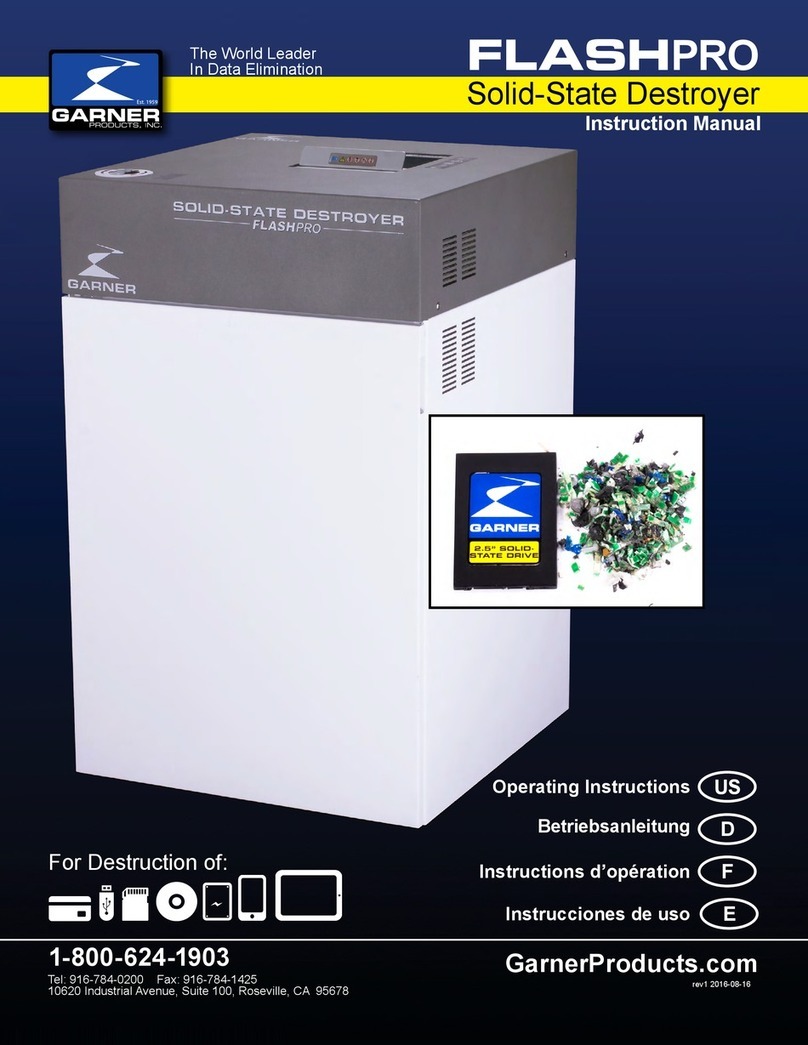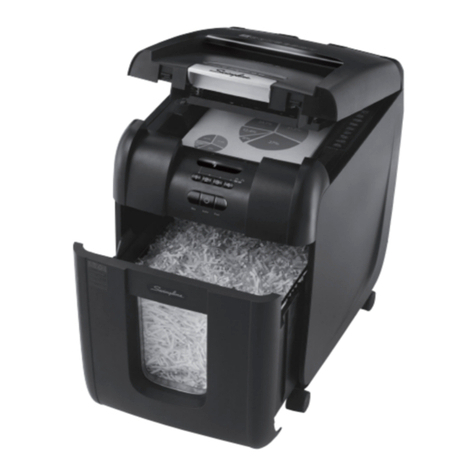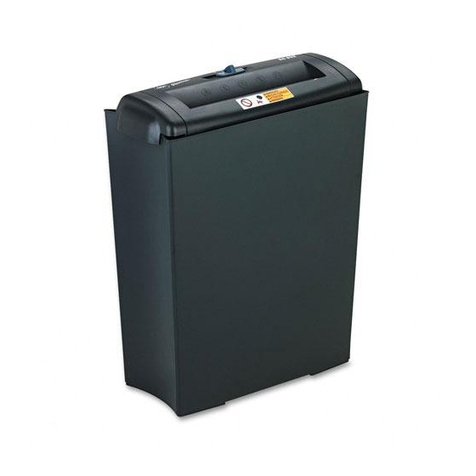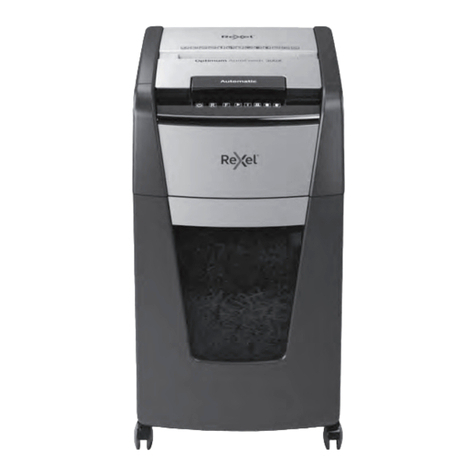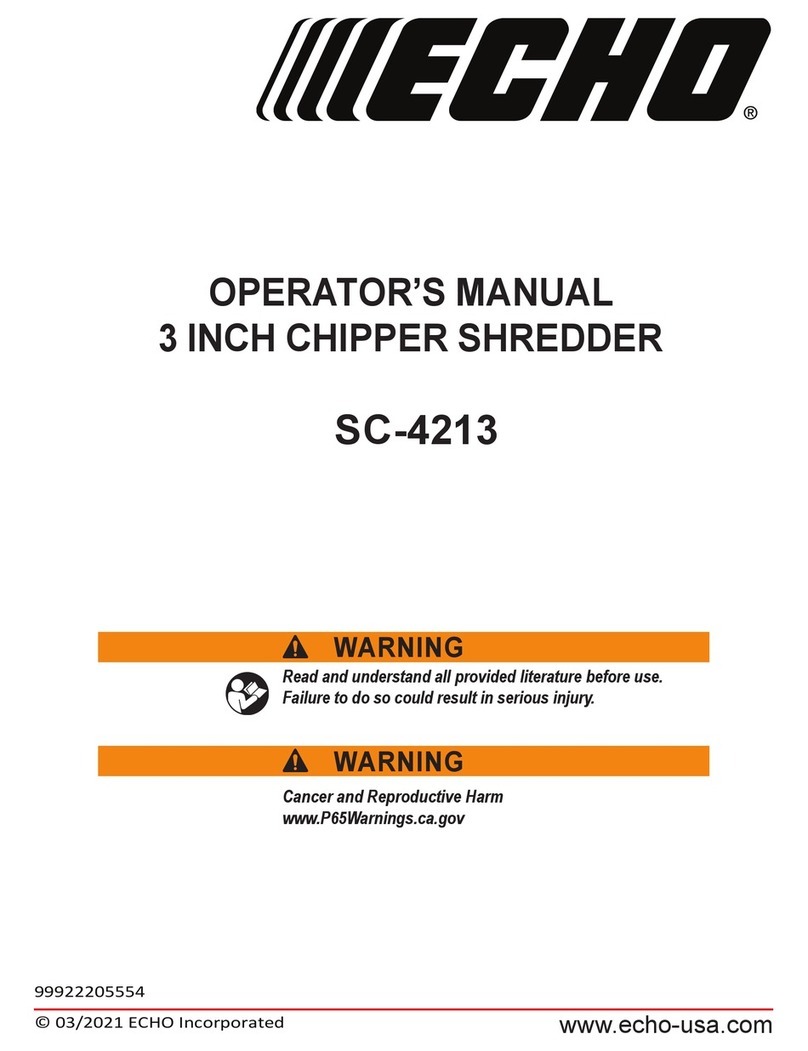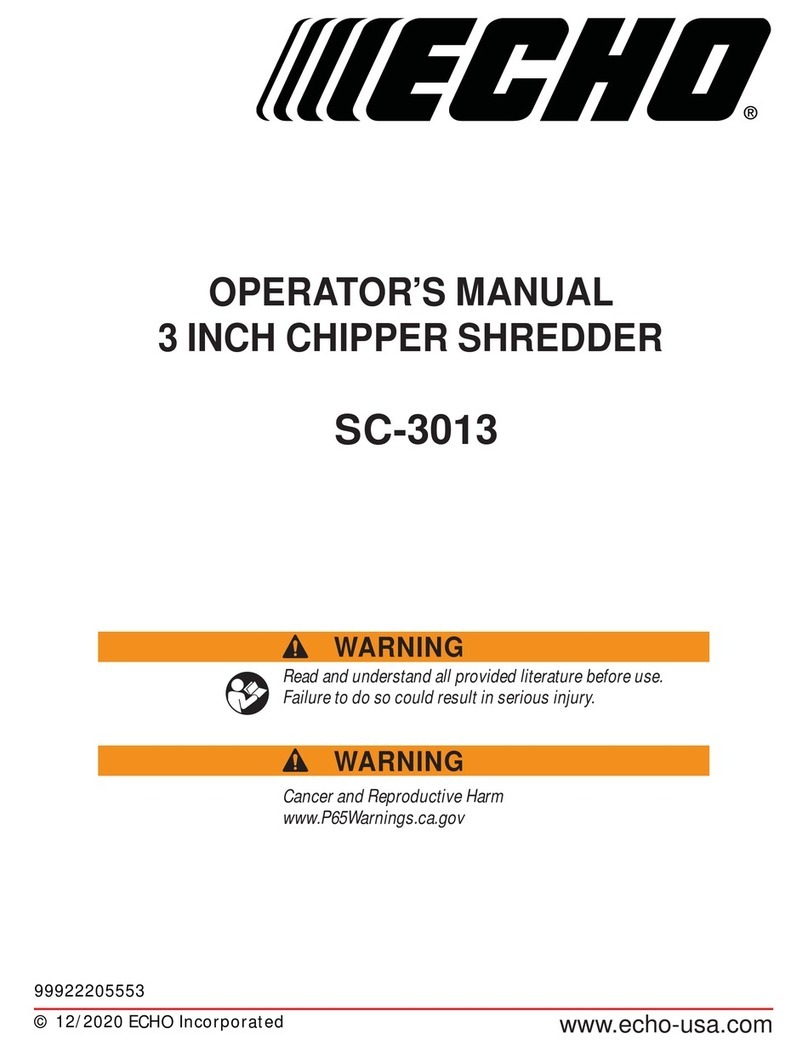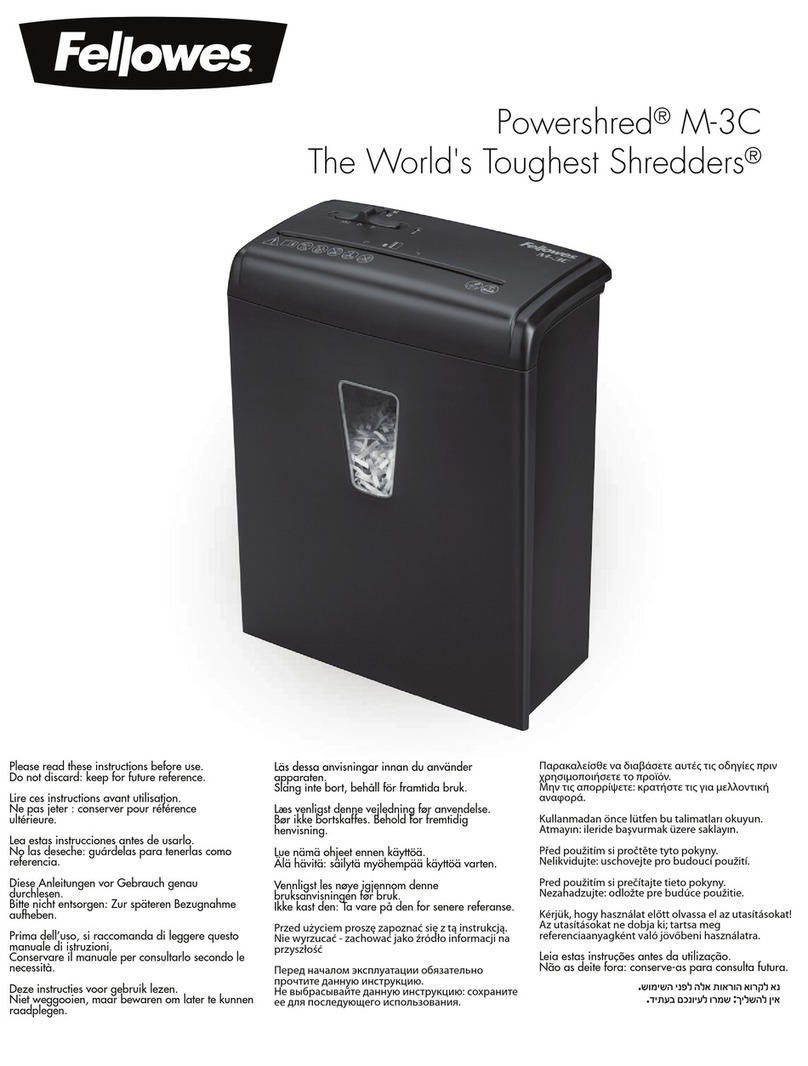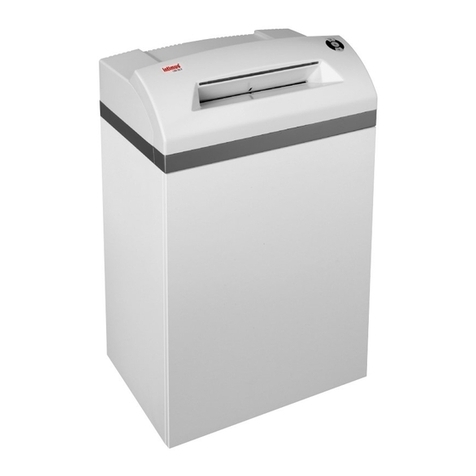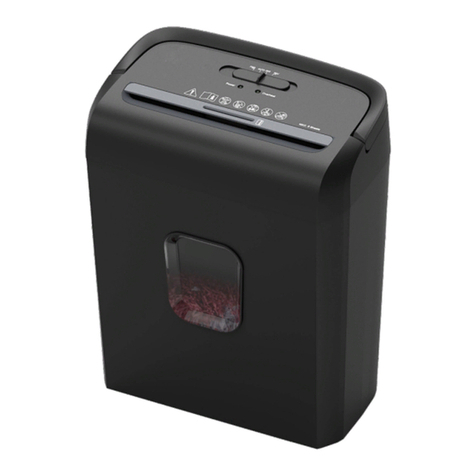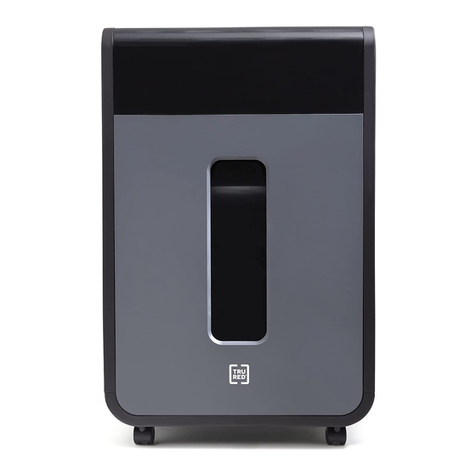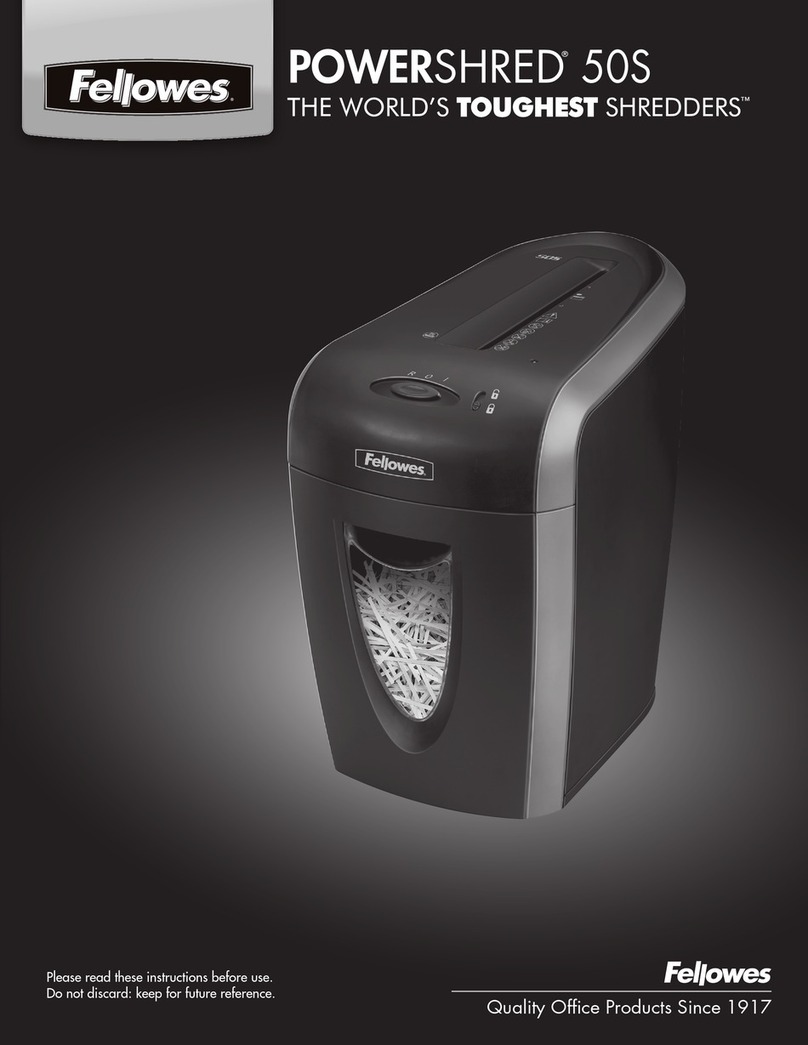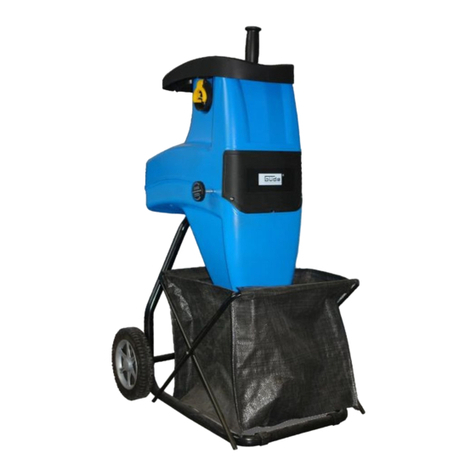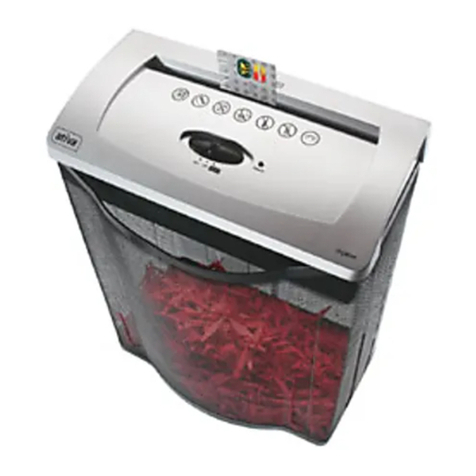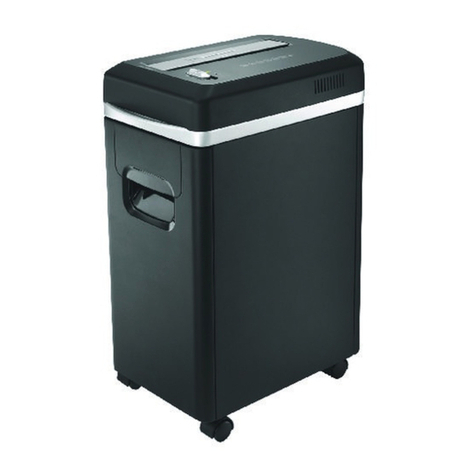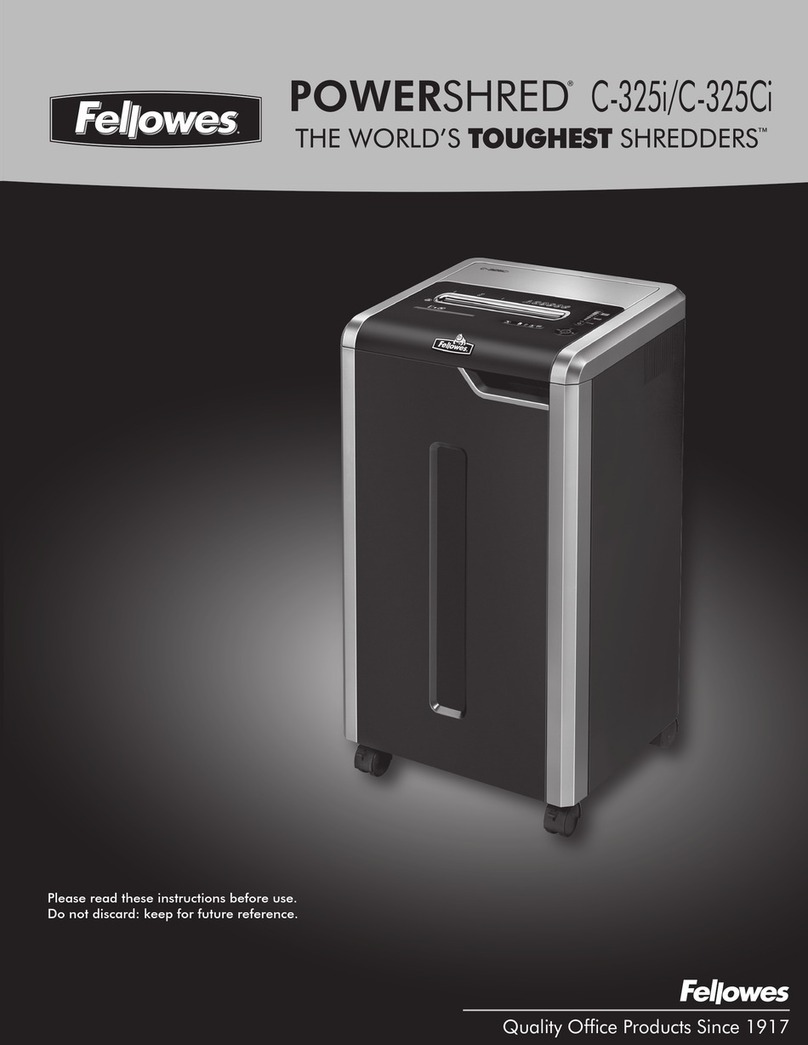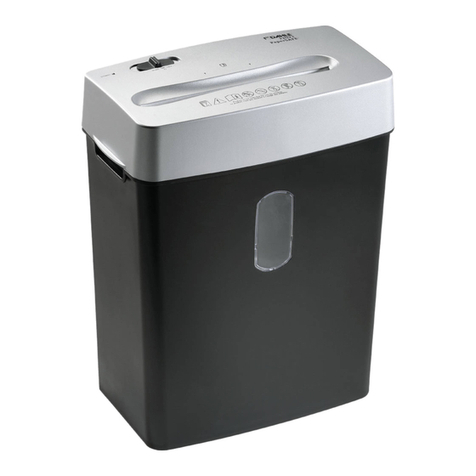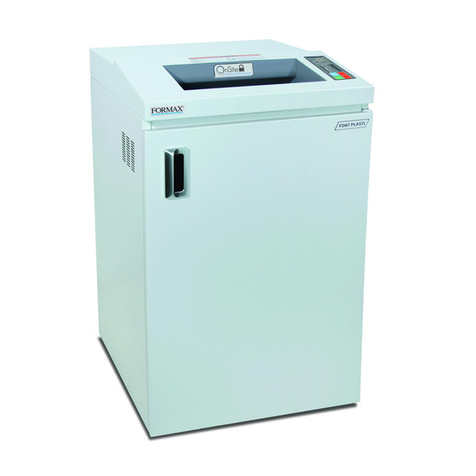
3
RULES FOR SAFE OPERATION
WARNING DANGER
USERS RISK INJURY TO THEMSELVES AND OTH-
ERS IF THE UNIT IS USED IMPROPERLY, AND/OR
SAFETY PRECAUTIONS ARE NOT FOLLOWED.
PROPER CLOTHING AND SAFETY GEAR MUST BE
WORN WHEN OPERATING THIS UNIT.
OPERATOR SAFETY
• Read this Manual carefully. Be sure you understand how
to operate this unit properly before you use it.
• Wear non-skid sole shoes. Do not wear open-toed shoes
or operate unit while bare footed.
• Wear proper clothing to protect legs and other
exposed parts of your body.
• Wear eye, breathing and hearing protection devices.
• Secure hair so it is above shoulder height.
• Use caution when handling fuel. The fuel tank may
be under pressure. Always loosen the fuel cap and wait
for pressure to be equalized before removing
the cap. Put the fuel cap back tightly on both the fuel
can and the fuel tank.
• Move at least 3 m from the refuelling point and be sure
there is no leakage of fuel from the fuel cap
or the fuel system before starting the engine.
• Wipe any spilled fuel off the unit.
• Operate this petrol engine powered equipment in a well
ventilated area only.
• Do not operate this unit in closed areas such as garages,
inside buildings, sheds, etc.
• Start the unit on the ground with the throttle set at idle.
• Do not start if the pipe is obstructed by the ground or any
other object.
• This unit is not designed as a limb shredder or chipper.
Branches and debris should not be sucked in.
• Inspect area where the unit is to be used.
• Remove stones, metal objects and any other object that
could cause injury or damage unit.
• Do not use a unit on unstable surfaces.
• Do not allow other persons or pets in the area when start-
ing or using the unit.
• Do not point pipes or tube in the direction of people or
animals.
• Keep a firm grip on the unit at all times.
• Be certain the safety interlock switch operates correctly
(unit must stop when vacuum tube is removed or fan
guard is opened).
• Keep hands and body away from hot surfaces such as
silencer and cylinder area when handling the unit to
prevent from heat injury.
• Never attempt to use an incomplete machine or one
fitted with unauthorized modification.
• Never allow children to use the machine.
REDUCE NOISE - BE SMART!
NOTE
Before operating the unit, check and follow local regula-
tions concerning sound level and hours of operation.
• Avoid using power units when people are likely to be
disturbed, such as late at night or early in the morning.
As a rule, operate units between 9 a.m. and 5 p.m. on
weekdays and weekends.
• Operate the unit at the lowest possible throttle setting
that gets the job done.
• Make sure the silencer works well.
• Check the air intakes and the air filter to make sure the
unit is working properly.
• Use only one piece of equipment at a time.
• Wear hearing protection when operating the unit.
• Be a good neighbor. Keep debris on your property.
SPARK ARRESTER SILENCER
The spark arrester silencer controls the exhaust noise and
prevents hot, glowing particles of carbon from leaving the
unit.
Make sure the spark arrester screen is in good repair and
properly seated in the silencer.
PHYSICAL CONDITION
Your judgement and/or dexterity may be impaired if you are
ill, are taking medication, and/or have taken alcohol or other
substances known to affect the way you would normally
function.
Operate this unit only if you are in good physical and mental
health.

